IDC: Top 5 Best-Selling Smartphone Brands In Q2
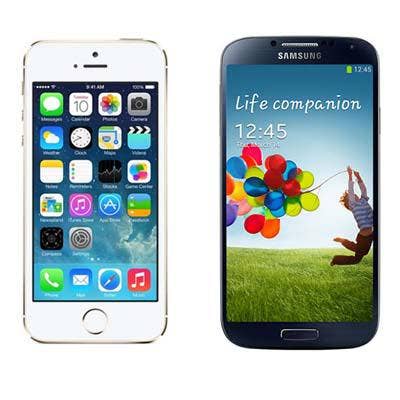
Smartphone Market Grows Again
The smartphone market set a new single-quarter record of 295.3 million shipments in the second quarter of this year after 240 million in the year-ago quarter, according to the International Data Corporation (IDC) Worldwide Quarterly Mobile Phone Tracker.
The market grew 23.1 percent since last year, and 2.6 percent after a strong first quarter.
IDC said the growth is a result of ongoing demand for mobile computing and a plethora of low-cost smartphones that have hit the market.
The growth comes as no surprise as IDC said it falls in line with its 2014 projections. The research firm expects the market to surpass 300 million units in the third quarter, which would be a single-quarter record.
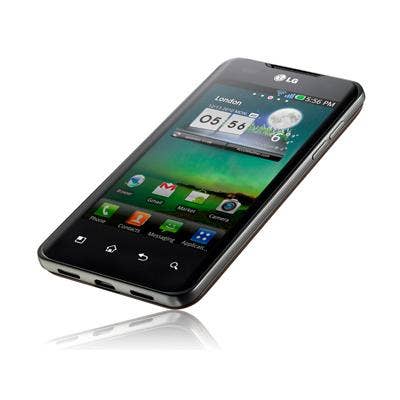
5. LG
LG saw 19.8 percent year-over-year growth, selling 14.5 million smartphones in the second quarter, after 12.1 million last year. Despite the boost in sales, the South Korean company's market share did not grow as fast as the overall market, as LG's market share fell to 4.9 percent from 5 percent in the year-ago quarter.
LG also fell from third to fifth in market share as it was surpassed by Chinese vendors.
IDC said the company's smartphone sales were driven by the L series, especially the L70, which posted strong numbers in many international markets, as well as the United States.
IDC forecasts LG's sales will continue to climb as the company launched the G3 at the end of the quarter in Korea.
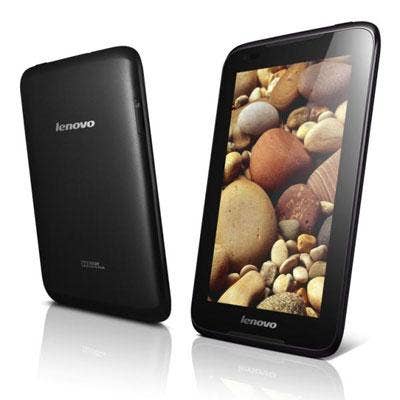
4. Lenovo
Lenovo stood-pat at fourth place in second-quarter market share, despite a 38.7 year-over-year growth.
The Chinese company sold 15.8 million devices in the second quarter, raising its market share to 5.4 percent from 4.7 percent in the year-ago quarter.
The A788T and the 3G A388T were Lenovo's most successful phones, according to IDC. IDC said Lenovo continues to gain traction in international markets, seeing a record quarter in China, and nearly tripled its shipment numbers in other markets.
The company's acquisition of Motorola is still pending, which would give Lenovo a boost in North American markets.
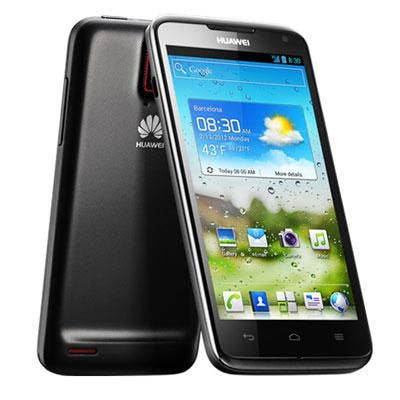
3. Huawei
Even though it didn't finish No. 1, Huawei is really the big winner of this quarter, nearly doubling its sales from last year.
The Chinese company sold 20.3 million smartphones in the second quarter of this year, after 10.4 million in the year-ago quarter, for a year-over-year growth of 95.1 percent.
Thanks to this growth, Huawei went from fifth to third in second-quarter smartphone market share, surpassing both Lenovo and LG.
Huawei's market share boosted from 4.3 percent to 6.9 percent, thanks to a focus on broadening its global reach.
The company's 4G LTE pickup, along with all three Chinese carriers subsidizing 4G handsets such as the P7, led to the company's successful quarter. Huawei's lower-cost Y series posted good numbers in most regions outside of China.
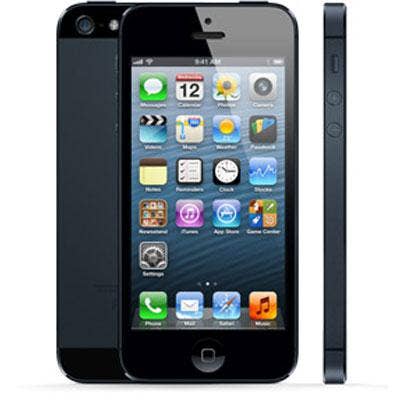
2. Apple
Even though the Cupertino, Calif., company has not yet released a smartphone this year, the iPhone continues to boost its sales numbers.
Apple sold 35.1 million iPhones in the second quarter, for 11.9 percent market share and 12.4 percent year-over-year growth. Apple's market share dipped from 13 percent in the year-ago quarter when it sold 31.2 million iPhones.
IDC said the second quarter is traditionally Apple's worst quarter, but even more so this year as consumers await the much-anticipated launch of the iPhone 6, expected to hit the market this fall.
Apple saw continued growth in the BRIC markets, according to IDC, who predicted either "a drought or a flood" in iPhone 6 sales in the third quarter, depending on the timing of the launch.
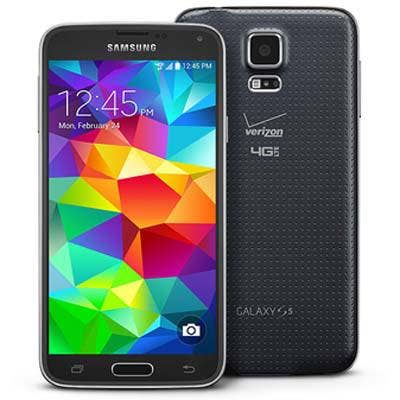
1. Samsung
Despite being the leader in second-quarter market share, Samsung took the biggest hit of any vendor of the second quarter.
The Korean conglomerate saw its smartphone sales dip in a growing market from 77.3 million a year ago, to 74.3 million in the second quarter of this year. Samsung lost a large portion of its market share, falling from 32.3 percent to 25.2 percent, and had a year-over-year decline of 3.9 percent.
IDC said the Samsung Galaxy S5 sold millions of units in the second quarter, despite facing criticism that it resembled the S4. The growth of vendors in international markets, such as Lenovo and Huawei, are putting the biggest dent in Samsung's market share.